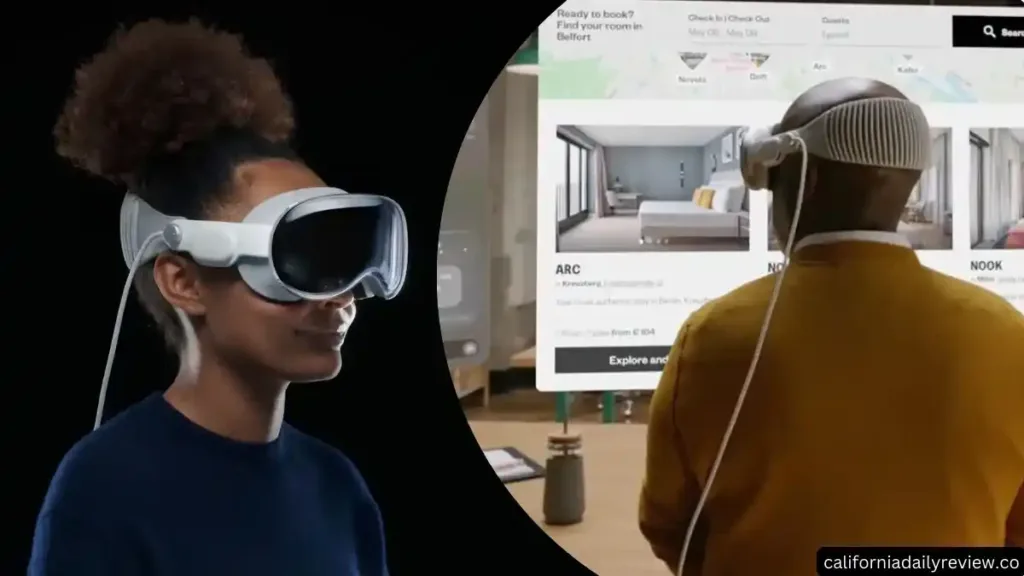In the rapidly evolving landscape of augmented and virtual reality, Apple has taken a bold step with its upcoming Apple Vision Pro VR/AR headset, slated for release on February 2. As the tech giant prepares to redefine the user experience, intriguing details have emerged about the guidelines for developers creating apps for the innovative visionOS. Apple is urging developers to steer away from conventional terminology, such as AR and VR, and embrace the concept of “spatial computing” to describe the transformative capabilities of Apple Vision Pro apps.
Apple Vision Pro: The Paradigm Shift
Breaking away from industry norms, Apple’s developer guidelines explicitly discourage the use of terms like augmented reality (AR), virtual reality (VR), extended reality (XR), or mixed reality (MR) when describing apps for the Apple Vision Pro headset. Instead, Apple proposes the adoption of the term “spatial computing apps” to encapsulate the unique immersive experiences that users can expect.

Differentiation in the Market:
Apple’s decision to eschew the traditional labels of AR and VR raises questions about its motivation. One plausible explanation is the desire to differentiate its offerings in a crowded market. Ensuring that consumers do not mistakenly associate Apple Vision Pro apps with those designed for competitors like Meta’s Quest 3. Despite this deliberate move, it’s worth noting that Apple has previously used the terms AR and VR extensively. CEO Tim Cook heralded Apple Vision Pro as an “entirely new AR platform” during its debut at WWDC 2023.
Read More: Unveiling the Top 10 Tech Black Friday Deals: Must-Buys in 2023!
Details Unveiled:
The guidelines extend beyond nomenclature, delving into specific requirements for developers. Apple encourages the use of the official name “Apple Vision Pro” in uppercase for the headset. While visionOS should start with a lowercase ‘v,’ even at the beginning of a sentence. The terms are not to be translated or transliterated, emphasizing a consistent and distinct identity.

Enhanced User Experience:
In a bid to prioritize user experience, Apple also instructs developers to disclose specific details about app functionalities. Developers are asked to indicate if their spatial computing apps involve movements like quick turns or sudden changes in camera perspective. This information will be displayed on the product page, serving as a proactive measure to warn users about potential discomfort.
Privacy and Control:
Beyond naming conventions and disclosure of app features, Apple’s guidelines emphasize the importance of privacy and user control. Developers are urged to incorporate privacy labels and provide information about game controller compatibility. These measures underscore Apple’s commitment to transparency and empowering users with informed choices.

Conclusion:
As the Apple Vision Pro headset prepares to make its debut. The tech giant’s unconventional approach to labeling and guidelines for developers reflects a commitment to setting its offering apart in the competitive AR and VR landscape. By introducing the term “spatial computing” and enforcing a consistent identity. Apple aims to redefine user expectations and deliver a truly unique and immersive experience with the Apple Vision Pro. The February 2 release date marks a significant milestone, and the $3,495 price point signals Apple’s focus on attracting discerning consumers who seek the cutting edge in spatial computing technology.






Comments are closed.